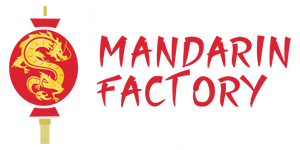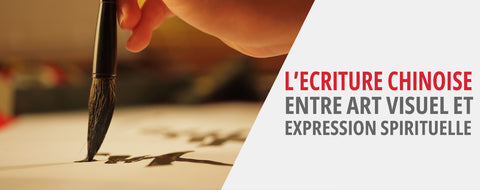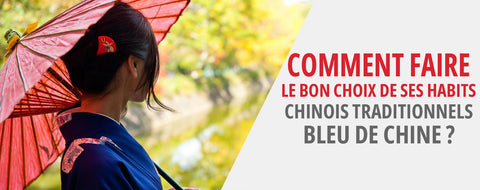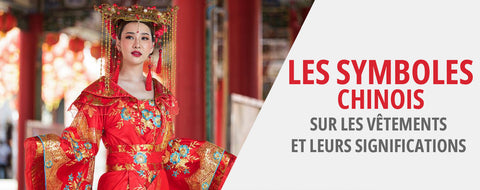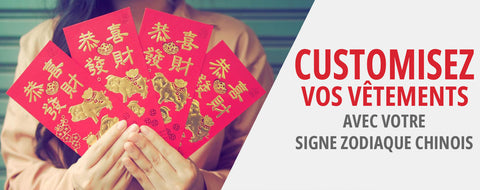
Chinese writing: between visual art and spiritual expression
5 min reading - 1525 words
Introduction
China is a beautiful Asian country known for its large population. Knowing China also means knowing its culture, its history and why not also, to master its language. Chinese writing is therefore one of the most complex and ancient forms of writing in the world.
Over thousands of years it has evolved into both a significant manifestation of the spirituality than a visual art. Being a complex and fascinating subject, we will take stock of the different aspects of writing in China, while highlighting its power to transmit didactic ideas as well as the close link it has with artistic aesthetics.
Chinese pictographic origins

In the Chinese alphabet, instead of talking about Chinese letters, we will rather talk about special characters. Chinese writing uses Chinese characters to represent facts, we are therefore talking about pictographic writing.
Chinese pictograms are not to be confused with phonograms which represent a sound. A Chinese pictogram is the representation of a concrete thing by a drawing.
Chinese writing therefore uses drawings, diagrams or even Chinese symbols to materialize concepts or notions. After the Latin alphabet, the Chinese alphabet is known as the second oldest in history. Having spanned millennia, Chinese writing dates back to the reign of the Yellow Emperor (2697-2599 BC).
According to legend, writing in China owes its existence to Cang Jie for more than 5 thousand years. He is represented by the four eyes which according to the tradition, allow him to see the secrets of the earth and the sky.
Although the history of Chinese writing is not very exact, Cang Jie is said to have formed his first writing system after observing how a hunter can identify the animal he is chasing by its footprint. Therefore, he is said to have understood that it is possible to transcribe things and ideas through different symbols.
Satisfied with his first attempts, the Yellow Emperor promulgated the use of these symbols throughout the country. The first symbols were thus born, although they did not officially appear until around 1300 BC.
Symbols and Philosophy on Chinese Writing
Chinese culture is dotted with countless symbols and each chinese symbol each connotes one or more meanings. Although some Chinese symbols are known to non-Chinese people, Chinese characters remain one of the most complex and least understood cultural values throughout the world.
Unlike other languages, we cannot speak of Chinese letters but rather of Chinese characters. Chinese writing therefore represents a vast significant field of the Chinese culture, through the symbols and spiritual richness of which it can constitute.
The richness of Chinese ideograms
Although Chinese writing is made up of special characters, these are put together in a coherent way to form Chinese ideograms which represent words in the French language for example.
Each Chinese ideogram represents an entire morpheme with a precise meaning and significance even in other languages. Chinese writing is therefore the subject of a variety of Chinese ideograms. Each Chinese ideogram graphically symbolizes an idea or a word.
Therefore, it should be noted that ideograms are more complex Chinese characters. A Chinese ideogram can be composed of several pictograms.
This is the example of the Chinese ideogram 明 which means the notion of bright or clear, is made up of the pictogram of the moon and that of the sun (日+月).
Spirituality inscribed in Chinese characters
THE Chinese characters are among the most misunderstood things about Chinese culture outside of China. Although the Asian alphabet is not considered an alphabet in the proper sense, Chinese characters play a powerful role in the transmission of knowledge and understanding.
Considered by the Chinese as the highest form of art, Chinese calligraphy allows to express real and powerful emotions. Chinese calligraphy artists or artists use Chinese characters to convey the mood of the moment of inspiration or even their personality. Believers even use tattoos to express their faith. In addition, many merchants or companies in China and even around the world use meaningful Chinese logos to represent their slogan.
Buddhist influence on calligraphy

THE Buddhism is one of the factors that influenced Chinese writing throughout its evolution. Calligraphy represents an act of spirituality, sometimes among the Buddhists. Thus, the act of calligraphy of Buddhist values offers believers a chance to redeem their sins.
Buddhists were therefore the first to use printing in order to multiply images and holy copies. This innovation in calligraphy allowed the salvation message and the good Buddhist word to be spread throughout the world.
Buddhist thought has therefore contributed to a broad evolution of Chinese calligraphy even if its primary aim was to accumulate merits and multiply their faithful image.
Chinese calligraphy: artistic and technical fusion
Simply defined, the calligraphy refers to the art of forming handwritten characters well. Chinese calligraphy is distinguished by the richness and originality of Chinese letters. The material used for Chinese calligraphy also explains the fluidity and aesthetics of Chinese characters.
An ink stone made of burnt pine resin and a soft brush with a fine tip allow the artist to better express his personality through more expressive calligraphy.
Due to its special characters on the one hand and the meaning of Chinese writing that they convey on the other hand, Chinese writing is endowed with a chinese calligraphy which combines both aesthetics and method.
The different styles of Chinese calligraphy
Chinese characters or sinograms are not just simple drawings with boxes and lines drawn haphazardly. Each Chinese character or Hanzi in Chinese, constitutes fundamental elements of writing in Chinese. The letters chinese alphabet can be written in several calligraphic styles including regular and cursive.
Regular style (kaishu)
This is the most used calligraphic style in learning Chinese writing nowadays. Associated with the moral uprightness of the calligrapher, this style emerged during the Tang Dynasty.
Called kaishu in Chinese, the regular style emphasizes balance around a central axis in the form of Chinese characters. It consists of assembling each character in a coherent way, using a standardized repertoire of brushstrokes consisting mainly of orthogonal strokes.
In order to provide them with a proper foundation, Kaishu is the first writing style taught to learners of Chinese calligraphy. Being the most fluent and legible Chinese script, the regular style is a ubiquitous script in most Chinese print media. Moreover, kaishu contributed greatly to the spread of knowledge in pre-modern East Asia.
Cursive style (caoshu)

It represents the most expressive of writing styles calligraphed in Chinese. Being an informal shorthand, this style offers remarkable freedom of writing to the calligrapher. Here, it is possible to write entire characters without lifting the brush from the paper.
Being soft in appearance and very rounded, the characters can often blend into each other, as this script has a considerable lack of angular lines. In order to create a beautiful abstract appearance and facilitate smooth writing, the strokes are completely eliminated or modified. This is why this script is sometimes considered not very legible.
In order to express their personality, cursive writing has been unanimously favored by many calligraphers since its appearance in the 4th century.
Chinese alphabet translation
The Chinese language is made up of a set of characters that make up its alphabet. Unlike many languages such as French, the Chinese alphabet works with special characters, each of which has a correspondence in the Latin alphabet or the ABC.
Although it seems to be difficult to learn, there is a concrete logic in the formation of words in the Chinese language. To quickly master the Chinese character translation, it is enough to learn the pronunciation of Chinese words from the phonetic alphabets and learn the writing of Chinese characters.
We should also not neglect the transcription of the Latin alphabet into Chinese which allows us to easily understand the French Chinese calligraphy translation.
Chinese letters alphabet
The Chinese alphabet is essentially made up of special characters called sinograms. Each Chinese sinogram has a representation in the French alphabet. Below is the representation of some Chinese sinograms in French.
- that in Chinese: 那 (N / A)
- i Chinese: 我 (Wô)
- h chinese : H
- lea in chinese: 利
- m in Chinese: 我 (Mid)
The Chinese alphabet is typically different from the French alphabet or Latin languages. The transcription or even translation of some French letters may already have a meaning or an ideographic representation in Chinese.
Conclusion
Chinese remains the oldest language that has remained in use to this day, despite having crossed many millennia. It is true that many wonder about the question of how many Chinese characters the Chinese language has.
However, it is essential to master Chinese writing styles in order to be able to understand Chinese calligraphy and its diverse number of visual Chinese characters.
